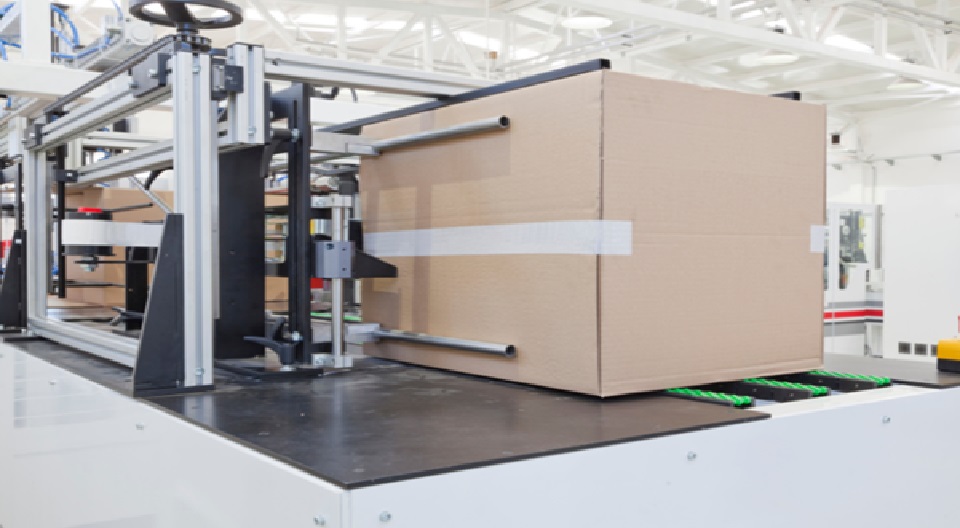Prototyping is a very crucial stage of the development of your product and making use of PCB manufacturing service for your PCB prototype can make the procedure much easier. Comparing outsourcing of the manufacturing to different providers, to working with skills printed circuit board industry, you will discover that a prototype PCB manufacturing service is much more cost-effective, accessible for initial investments, the quality of the product is assured.
Before you start the full production and operation, you need to ensure that your printed circuit board working properly because printed circuit boards are such an integral component of so many electronic tools, if one fails or performs insufficiently after full production, it can be highly costly. Prototyping your PCB beforehand can help you avoid such a situation.
The engineers make use of the PCBs prototype in the design process to ezine the functions of a PCB- based solution. They frequently order numerous runs of prototypes to test a single function before moving on to a more complex design. This allows them to find out a component that requires amendment earlier in the process. The earlier you discover those problems, the less costly they will be.
An assembler that can make high-quality prototyped that will be in line with the final product is needed for prototyping your PCB solutions to be productive.
Prototype vs. Standard Production PCBs
The PCB prototype is different from standard production boards in several ways. PCB prototype provides fewer excellent choices and lesser production tolerances but will still be able to display whether your designs match up your performance and quality standards.
The prototype provides the quality standard of IPC1, while standard boards meet IPC2. PCB prototype makes use of the material R4, while standard runs can use different materials, which include R4 flex-rigid material and aluminum.
Standard printed circuit boards can also deal with a higher number of layers than a test board. Prototype handles up to 8 layers while the standard has as many ad 32, which means that standard boards can have a greater thickness than prototypes boards. They both have the same minimum while the standard’s maximum is slightly higher.
Why Use a PCB Prototype?
Therefore, will you love to use a PCB prototype over a standard production run? It may sound like an additional step, but in the long run, it’s cost-effective and saves time, which results in a better final product.
You might go through multiple design duplication when growing a new PCB-based design; to complete production promptly, you need to be able to quickly examine new designs, as an overmuch long design procedure can result in lost income. The fast PCB prototyping service combined with testing a design before performing to a full production run allows you to depreciate wasted strategy spend and increase your investment.





